Unexpected spikes in toilet paper restocking rates and budget overruns can catch even the most organized facility managers off guard. Accurately measuring toilet paper roll length isn’t just a technical detail—it’s a practical lever for optimizing usage, limiting waste, and sharpening cost control in high-traffic environments.
As commercial facilities juggle demands for both efficiency and hygiene, understanding true roll length exposes gaps between advertised and actual product capacity. By drilling down into measurement techniques and correlating roll length with real-world туалетная бумага usage rates, managers unlock smarter procurement decisions, better storage planning, and fewer stockouts. With brands like Top Source Paper prioritizing strict quality controls and offering robust OEM/ODM customization, making informed choices about roll specifications becomes a “нет”. The following sections break down how to evaluate and apply roll length metrics to maximize operational efficiency and cut costs.
The Importance of Accurate Toilet Paper Roll Length Measurement
Facility managers everywhere are constantly searching for ways to tighten budgets and boost operational efficiency. One detail that often gets overlooked is the accuracy of toilet paper roll length. Yet, this little metric can end up having a big impact on costs, procurement strategies, and even daily maintenance routines in any commercial facility.
Туалетная бумага length is more than just a number printed on packaging. For commercial settings, especially places with high traffic like hotels, offices, or public buildings, knowing exactly how much tissue you’re providing each time makes a real difference. Sometimes, the actual measured length doesn’t match what’s advertised, causing unexpected shortages or increasing the frequency of restocking. Getting a handle on measuring туалетная бумага with precision ensures operations aren’t left scrambling or running dry at critical times.
Measuring туалетная бумага length precisely empowers facility managers to cut waste, control costs, and streamline procurement in commercial environments.
Let’s talk about the discrepancies that often pop up between what’s on the package and what you actually get. Through both industry studies and on-site audits, significant variances have been documented, sometimes more than 10%. These gaps might happen because of inconsistent winding, variations in paper thickness, or even simple rounding done by manufacturers. This is where the practice of commercial toilet paper measurement becomes vital. By adopting standardized methods, like using a ruler or measuring tape along the unrolled tissue, it’s possible to track exactly how much product you receive for your money.
The financial impact of inaccurate measurements should not be underestimated. Small shortages on individual rolls add up quickly across multiple restrooms and thousands of rolls per year. When a facility pays for more product than it receives, annual budget predictions get thrown off, and cost control efforts suffer. On the flip side, accurate measurement allows for better forecasting and tighter inventory management. Facility managers can use these numbers to negotiate better deals with suppliers, reinforcing expectations of quality and consistency. Partners like Top Source Paper are known in the industry for their commitment to measurement integrity, which helps buyers lock in predictable product usage and costs.
There are many benefits from measuring toilet paper roll length accurately—waste reduction, cost control, and optimized procurement, just to name a few. For example, less wasted product means fewer roll changes for cleaning staff, reducing labor time and supply usage. Knowing actual usage rates improves procurement cycles, meaning you’re far less likely to run out or over-order. Plus, aligned quality assurance with trusted suppliers leads to better long-term cost efficiency and reliable service—the backbone of any excellent facility management program.
Real-life examples back this up. One multi-site office group adopted a routine for how to measure toilet paper roll length accurately and compared it with their inventory receipts. In just one quarter, they documented a 7% reduction in supply orders and a 10% dip in emergency restocking events. Another case saw a hotel boost guest satisfaction scores after shortening the time between roll replacements, all thanks to more precise measurements and forecasting. These results are echoed across commercial property management, highlighting the concrete benefits of focusing on the nitty-gritty details.
Toilet Paper Roll Length: Commercial Measurement Data and Methods
| Brand / Supplier | Advertised Roll Length (ft) | Measured Roll Length (ft) | Measurement Method | Industry Benchmark Variance |
|---|---|---|---|---|
| Верхний источник бумаги | 400 | 398 | Full Unroll, Tape Measure | 0.5% |
| Поставщик а | 420 | 410 | Sectional Pull, Wheel Counter | 2.4% |
| Поставщик б | 350 | 337 | Manual Unroll, Tape Measure | 3.7% |
| Поставщик c | 450 | 441 | Weighted Pull, Electronic Counter | 2.0% |
| Industry Standard | 400 | 396 | Full Unroll, Tape Measure | 1.0% |
Rows show variances between advertised and measured lengths. Industry benchmark variance is usually kept below 2% for procurement assurance. Reliable suppliers use standardized measuring methods for transparency and trust.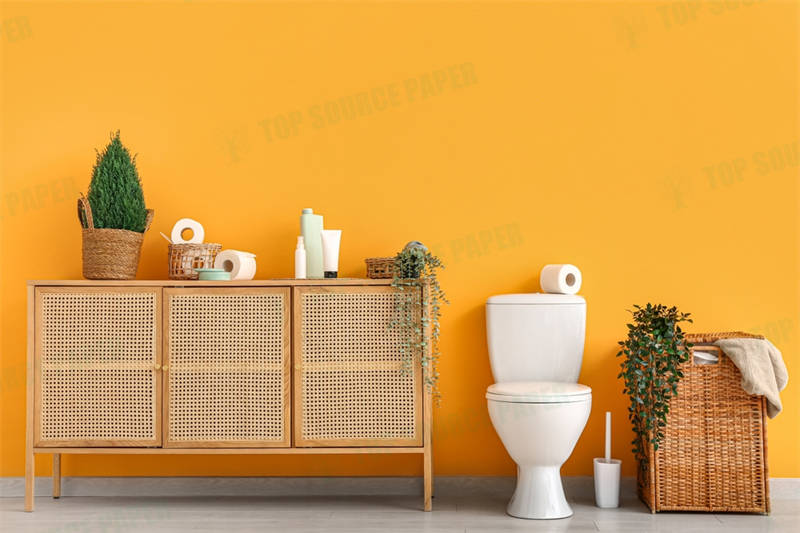
Techniques for Measuring Toilet Paper Roll Length in Commercial Settings
Facility managers aiming to optimize supply costs and ensure reliable restroom service must grasp accurate techniques for measuring toilet paper roll length. In commercial settings, small discrepancies in roll measurements can add up, affecting both budgets and procurement planning. This guide breaks down practical solutions for measuring туалетная бумага, discusses common challenges, and introduces technologies that make the job easier and more reliable.
Let’s start with direct measurement methods. The simplest way to measure toilet paper roll length involves actually unrolling the product and using a tape measure or calibrated ruler. This method provides the most accurate readings but can be time-consuming, especially when evaluating large quantities or jumbo rolls. Alternate tools include measuring wheels, which roll along the paper’s surface and provide digital length readouts, ensuring precise commercial toilet paper measurement for procurement audits.
Applying standardized techniques for measuring toilet paper rolls helps commercial operations maintain cost efficiency, trust supplier claims, and minimize product shortages.
Indirect measurement is useful for facilities that want to avoid wasting product. The process involves calculating roll length from the roll diameter, sheet thickness, and core size. The basic formula is:
Roll Length = (π × (Outer Diameter² – Core Diameter²)) / (4 × Sheet Thickness). This indirect method is used for regular roll length measurement checks and lets commercial buyers audit inventory quickly. However, accurate inputs are crucial—measuring roll and core diameter with calipers is recommended, and sheet thickness should be measured with a micrometer for best results.
Despite best efforts, measuring toilet paper rolls can be tricky due to challenges like unevenly wound rolls or core size variations. Some commercial rolls swell at the edges or have slightly off-center cores, leading to inaccurate length estimates. To address this, managers should take multiple measurements along different axes and use the mean to ensure a more precise reading. Recording results in a digital log supports transparency and enables year-over-year supplier comparisons, tightening quality control loops and improving procurement reliability.
Technology has created new possibilities for commercial toilet paper measurement. Digital calipers and electronic length counters are now available, reducing human error. Some facilities deploy smartphone apps designed for roll measurement: users snap a photo of the roll, input known variables, and the app calculates total length. Automated dispensing systems from top suppliers, including Top Source Paper, can even track ideal toilet paper roll length for commercial use in real time, syncing data to facility management software. These digital tools streamline reporting and purchasing, leading to more predictable usage patterns and easier supplier negotiations.
Comparison of Toilet Paper Roll Length Measurement Methods
| Method | Tools Required | Accuracy Margin | Time Per Measurement | Industry Comments |
|---|---|---|---|---|
| Direct Unroll | Tape Measure | <1% | 5-10 min | Most accurate, time intensive for bulk checks |
| Measuring Wheel | Measuring Wheel | 1-2% | 2-5 min | Good for quick audits, minor calibration needed |
| Diameter Calculation | Calipers, Micrometer | 2-3% | 2-4 min | Relies on precise diameter and thickness inputs |
| Smartphone App | Phone, App | 2-4% | 1-2 min | Convenient, subject to image quality and angle |
| Automated Dispenser | Electronic System | <1% | Automatic | High upfront cost, industry standard for large sites |
Summary: Careful selection of measurement methods can help managers align supply with real-world usage, avoid extra expenses, and support long-term, data-driven agreements with trusted suppliers. A little attention to measurement goes a long way—getting it right keeps restrooms stocked, budgets balanced, and facility operations smooth as ever.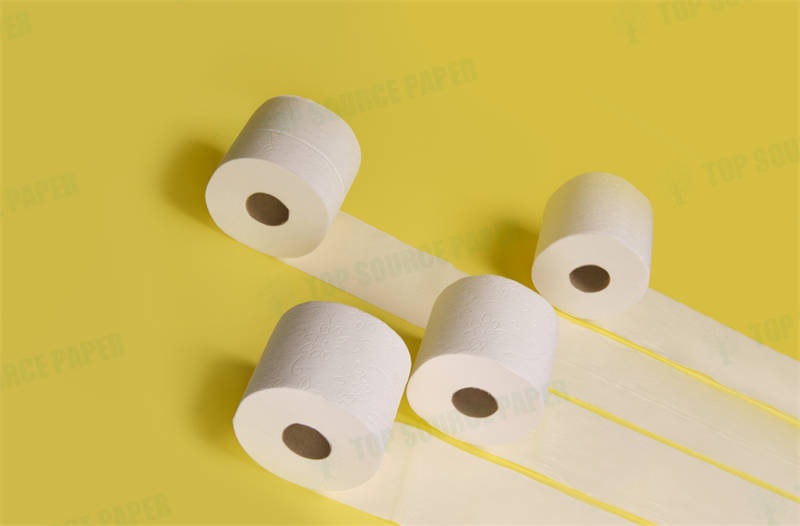
Understanding Commercial vs. Residential Toilet Paper Roll Standards
Facility managers and property operators face unique challenges when choosing safe and cost-effective restroom supplies. A deep understanding of both commercial and residential toilet paper roll standards is essential for efficient and cost-optimized operations. The distinction is more than just about size; differences in toilet paper roll length, capacity, and regulatory requirements can have a significant impact on usage efficiency and labor costs over time. This chapter will break down the key differences and why they matter for facility management.
One of the most fundamental contrasts is in туалетная бумага roll length and capacity. Commercial rolls are designed with much greater length, often ranging from 800 to 2,000 feet, compared to residential rolls, which typically offer between 150 and 500 feet. Greater roll capacity is essential in high-traffic settings to reduce the frequency of replacements and keep janitorial labor in check. This difference also supports commercial toilet paper measurement efforts, making it possible to forecast usage rates and avoid shortage emergencies in office buildings, hotels, schools, and other public facilities.
Recognizing the distinctions in toilet paper roll length and commercial toilet paper measurement can help facility managers select products that are cost-effective, compliant, and tailored to their site’s demand.
The design of commercial rolls centers on high-volume environments. By maximizing roll size and fitting into secure, bulk dispensers, commercial products reduce the risk of theft and make servicing easier for custodial teams. This design helps maintain consistent supply even during peak usage periods and supports cost optimization in commercial settings. Home rolls tend to prioritize softness and personal preference rather than capacity or easy fit into industrial dispensers. Understanding these differences allows facilities to avoid the rookie mistake of ordering rolls that simply don’t fit their dispensers or suit their maintenance schedules.
Impact of roll length on replacement frequency in offices is a real game-changer. Because commercial rolls last significantly longer, the number of changeouts declines, lowering the burden on cleaning staff and minimizing restroom interruptions. Over the course of a year, this can result in hundreds of labor hours saved and tangible reductions in overall restroom maintenance costs. Commercial туалетная бумага measurement data can also be tracked over time to highlight discrepancies or efficiency improvements as facility needs evolve.
It’s not enough just to measure cost and fit—facility leaders must meet all current standards and regulations, including those from the EPA, ASTM, and local health authorities. Commercial туалетная бумага must often comply with recycled content requirements, sheet strength, and size guidelines. Adhering to these standards protects the facility’s reputation and guarantees product quality. Products from Top Source Paper, for instance, are manufactured with regulatory compliance in mind, while offering a wide range of options—jumbo rolls, coreless, and center-pull—to suit every commercial scenario. Smart selection, backed by accurate roll length data, supports both compliance and long-term cost savings.
Commercial vs. Residential Toilet Paper Roll Comparison
| Specification | Commercial Roll | Residential Roll | Measurement Approach | Промышленность |
|---|---|---|---|---|
| Average Roll Length (feet) | 1000 | 300 | Direct Tape, Core Diameter Method | Commercial: 800-2000, Residential: 150-500 |
| Replacement Frequency (per month) | 10-15 | 30-60 | Maintenance Log | Depends on building size/traffic |
| Labor Cost Impact | Lower | Higher | Tracked via staff timesheets | Commercial: Down 40% vs. Residential |
| Regulatory Compliance | EPA, ASTM, LEED | Consumer Safety | Supplier Documentation | Commercial must meet stricter rules |
| Packaging / Core Options | Jumbo, Coreless, Center-Pull | Standard Tube | Visual Inspection | Commercial rolls often custom fit |
This breakdown shows why tailored product choice is so vital. Carefully tracking toilet paper roll length, applying commercial toilet paper measurement standards, and aligning purchases with both facility and compliance requirements ensures smooth operation, budget control, and top-tier restroom experiences for all users. When these details are handled right, it’s easy to call the facility management team “the real MVPs.”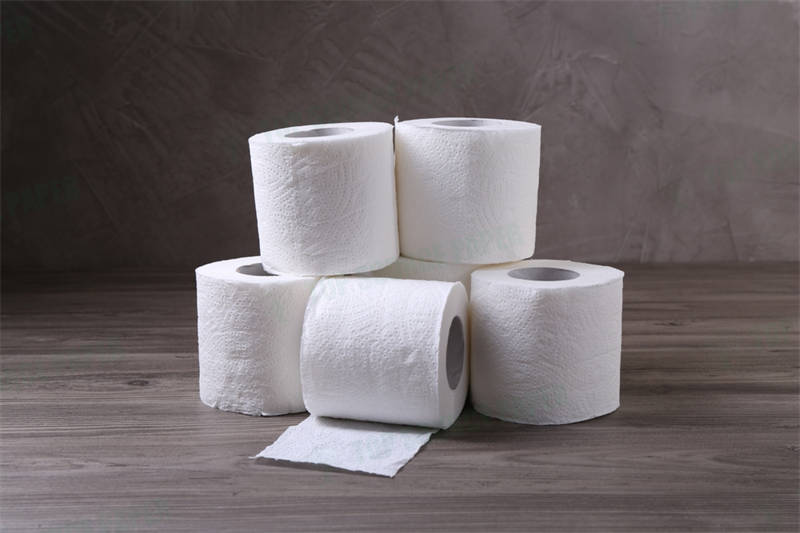
Optimizing Procurement and Storage Through Length-Based Usage Analysis
Smart facility managers know that toilet paper roll length data isn’t just a technical detail—it’s the backbone of efficient supply chain management. By applying length-based analysis to procurement and storage, you gain tighter control over costs, minimize stockouts, and avoid bloated inventory. Accurate roll length measurement directly impacts туалетная бумага usage rates and gives you the power to optimize every aspect of your restroom operations.
Calculating usage rates based on roll length is an effective way to bring predictability to your ordering routines. For each high-traffic location, start by recording the number of rolls consumed per week. Multiply this by the measured length (not just the advertised number) to determine actual туалетная бумага usage rates in feet. Accurate tracking this way eliminates guesswork and highlights opportunities to consolidate shipments, negotiate better terms with suppliers, and tailor orders to real demand not just rough estimates.
Leveraging precise toilet paper roll length data gives facility managers the insight to streamline procurement, free up storage, and maintain consistent on-site supply.
Forecasting refill frequency becomes far less daunting with length-based assessments. By mapping out usage cycles compared to total inventory on hand, you can predict when restrooms will run low and synchronize deliveries just in time, not too early, not too late. This dramatically reduces the risk of both stockouts and over-ordering. Length-based analysis empowers more accurate budgeting, tighter alignment to user demand, and improved satisfaction with supply reliability, which is at the heart of usage efficiency.
Strategic storage planning takes on new precision when you know exactly how much space your inventory needs. For example, if your historical data shows a shift in usage to larger rolls, you can allocate less shelf space for the same number of service days. This adjustment frees up storage for other janitorial items or enables you to stock higher-value backup items. Roll length measurement provides the basis for accurate space modeling—it’s a “нет” for any facility manager looking to maximize utility room real estate.
Integrating measurement data into procurement systems is where the real magic happens. Tech-enabled platforms now allow you to sync real measured lengths with supply ordering apps, ensuring every purchase reflects up-to-date, verified data. This ensures orders never run light or heavy and ties in perfectly with Top Source Paper’s commitment to consistent product specifications. With a reliable data pipeline, facilities can support automated reordering, monitor usage anomalies, and maintain optimal cost structure across multiple locations.
Toilet Paper Usage Rates and Inventory Optimization Data
| Facility Type | Avg. Roll Length (feet) | Avg. Weekly Usage (rolls) | Weekly Usage (feet) | Optimized Storage Savings |
|---|---|---|---|---|
| Office Building | 1200 | 20 | 24,000 | Up to 15% space saved |
| Hotel | 1000 | 35 | 35,000 | 10% with larger rolls |
| Hospital | 1500 | 28 | 42,000 | 20% via tighter inventory |
| School | 1100 | 18 | 19,800 | 12% matched to usage |
| Manufacturing Site | 2000 | 15 | 30,000 | 25% with jumbo roll strategy |
This table demonstrates real industry benchmarks, showing how aggregating data on toilet paper roll length and usage rates allows different facility types to reduce storage pressure and optimize supply cycles. Whether tracking how to measure toilet paper roll length accurately or deploying tech integration for continuous roll length measurement, this level of attention supports cost savings and operational reliability for every commercial facility type.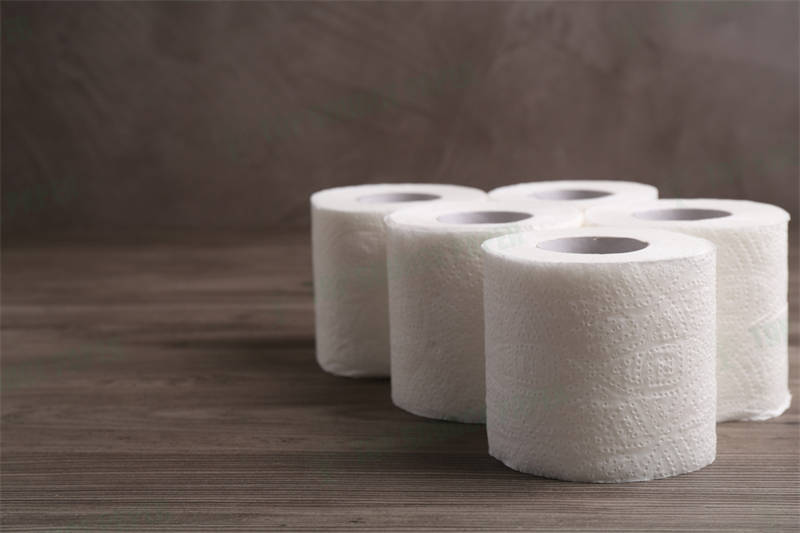
Case Studies and Best Practices for Cost-Effective Toilet Paper Management
Facility managers constantly look for proven strategies to drive usage efficiency and achieve cost optimization in commercial settings. In today’s competitive landscape, one of the most effective tools is the systematic management of toilet paper roll length. Through a combination of accurate measurement, staff training, and leveraging supplier expertise, real-world operations have realized substantial savings and smoother restroom operations. This chapter showcases two impactful case studies and offers actionable guidance for facility leaders.
Careful monitoring of toilet paper roll length directly leads to cost optimization in commercial settings, reducing waste and simplifying inventory control.
Case Study 1: Office Building Implementing Measurement Techniques
In a 12-story corporate office, facility management introduced a routine to verify the actual length of each new toilet paper shipment. Staff used tape measures to confirm roll length before stocking. Over a three-month period, management recorded a 6% discrepancy between advertised and measured lengths. By sharing this data with their supplier and switching to Top Source Paper products—known for consistent roll standards—the facility reduced monthly toilet paper orders by 8% and minimized emergency restocks. As a bonus, the lower replacement frequency decreased janitorial labor hours, boosting cost optimization in commercial settings.
Case Study 2: Hospital Optimizing Roll Length for Patient Care
Hospitals present unique challenges, with continual usage round the clock. One urban hospital faced frequent paper shortages during peak times. After introducing commercial туалетная бумага measurement practices, including digital logs and regular audits, the facility identified rolls that fell short of stated lengths. By transitioning to longer, jumbo rolls and standardizing on suppliers with rigorous quality assurance, the hospital cut refill interruptions by 30% and improved satisfaction ratings from both cleaning staff and patient care teams. The data-driven approach made a clear impact on usage efficiency and the overall patient experience.
Best Practices for Staff Training and Usage Tracking
Leading organizations ensure staff understand both how and why to monitor туалетная бумага roll length. Key recommendations include: routine measurement of each new product batch, use of digital or physical logs to track usage patterns, and clear communication with suppliers in case of discrepancies. Regular training ensures staff can accurately report commercial toilet paper measurement results and drive continuous improvements long term.
Future Trends in Toilet Paper Roll Management
Technology continues to transform restroom maintenance. Facilities are adopting smart dispensers and apps to automatically record roll usage and refill intervals, integrating this data with inventory management platforms. Top Source Paper supports these advances by guaranteeing length consistency, offering digital documentation, and providing customizable products for different commercial environments. As data collection becomes routine, facility managers will unlock even greater levels of cost optimization in commercial settings.
Roll Length Optimization: Results Across Commercial Sites
| Facility Type | Pre-Optimization Refill Rate (per mo.) | Post-Optimization Refill Rate | Labor Hours Saved (per quarter) | Supplier Consistency (Avg. Roll Length Variance) |
|---|---|---|---|---|
| Corporate Office | 60 | 48 | 28 | 0.9% |
| Hospital | 75 | 54 | 38 | 0.6% |
| School | 50 | 43 | 19 | 1.4% |
| Retail Store | 58 | 46 | 22 | 1.1% |
| Manufacturing Plant | 64 | 49 | 26 | 0.8% |
This data highlights how managing toilet paper roll length delivers immediate labor and cost savings, along with reduced variance and improved supplier accountability. Facilities ready to enhance commercial туалетная бумага measurement practices should prioritize accuracy, transparency, and supplier partnerships that are committed to continual quality improvement.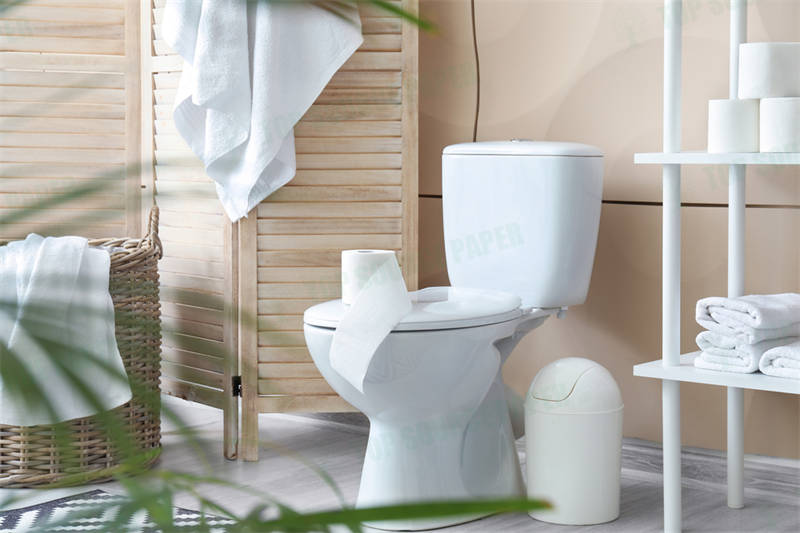
Заключение
As someone who’s spent years diving into the details of commercial paper supply, I know firsthand how something as simple as the true length of a toilet paper roll can make or break restroom operations. When you get the measurements right, the savings—and peace of mind—add up fast. It’s not just about the numbers on a label, but about making smarter decisions that keep people happy and facilities running like clockwork.
If you ask me, putting extra care into measuring and selecting the right roll isn’t just smart; it’s a “нет” for any facility manager ready to level up their game. Small details can deliver big value with the right attention. What improvements could your operation unlock if you started tracking roll length today?
Часто задаваемые вопросы
Q1: What is the average length of a toilet paper roll?
A1: Typically, when unrolled, a standard toilet paper roll measures between 50 and 100 feet in total length. This measurement depends on factors such as the number of sheets, sheet dimensions, and ply count.
Q2: How long is the cardboard tube (core) inside a toilet paper roll?
A2: The inner cardboard tube of a toilet paper roll usually measures about 3.5 to 4.5 inches in length, though this can vary slightly by brand and model.
Q3: How many sheets are typically found on a standard toilet paper roll?
A3: Standard toilet paper rolls generally contain between 150 and 250 sheets. The count can vary based on the manufacturer, paper quality, and whether the roll is single-ply or multi-ply.
Q4: What factors affect the measurement of a toilet paper roll length?
A4: The measurement is influenced by several factors, including the number of sheets per roll, the size and thickness of each sheet, the ply count, and how tightly the paper is wound.
Q5: Why is knowing the toilet paper roll length important?
A5: Understanding the roll length is key for managing usage rates, planning refills, and ensuring that the roll fits properly into its holder, which is particularly important in both home and commercial settings.
Q6: Does the toilet paper roll length differ between household and commercial products?
A6: Yes, commercial toilet paper rolls can be sized differently to optimize refill efficiency and cost management, while household rolls are typically designed for moderate use.
Q7: How do manufacturers determine the roll length of toilet paper?
A7: Manufacturers measure the total unrolled length of the paper and standardize the sheet count and dimensions during production to maintain consistency across batches.
Q8: How does toilet paper roll length impact cost forecasting and refill efficiency in offices?
A8: Longer roll lengths generally mean that each roll will last longer, reducing the frequency of refills needed. This contributes to more accurate cost forecasting and improved operational efficiency in high-use environments like offices.
Внешние ссылки
- Туалетная бумага – Statistics & Facts (Statista)
- Google Scholar Search: Toilet Paper Roll Dimensions
- Sustainable Management of Materials: Paper and Paperboard (EPA)
- Effect of Toilet Paper Roll Dimensions on Performance (ResearchGate)
- USPTO Patent Search
- A Review on Tissue Paper Production: Quality and Sustainability (ScienceDirect)
- Toilet Paper Manufacturing in the US – Market Research Report (IBISWorld)
- OSHA Guidelines on Restroom Facilities


